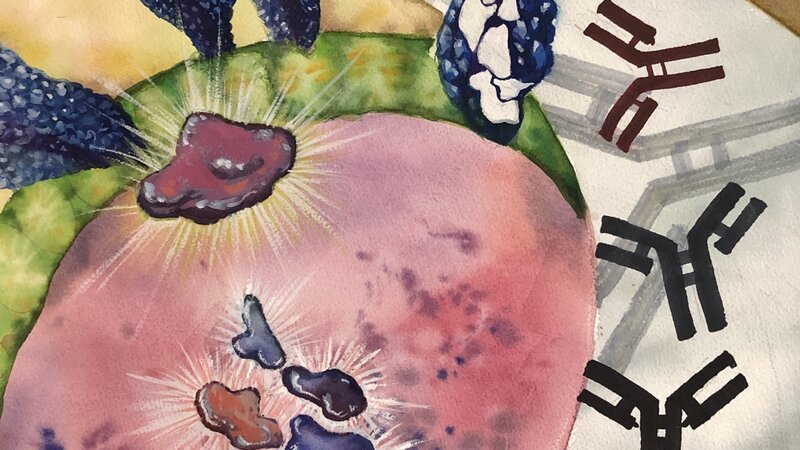Linda Lan
I am a PhD candidate in the Immunology Program at the University of Chicago. My project is focused on characterizing the B cell response to influenza following vaccination with a universal influenza virus vaccine candidate. In my spare time, I enjoy painting to depict our laboratory’s scientific findings about how antibodies protect us from influenza virus.
Venue: UChicago Medicine
Classification: Adult Amateur

